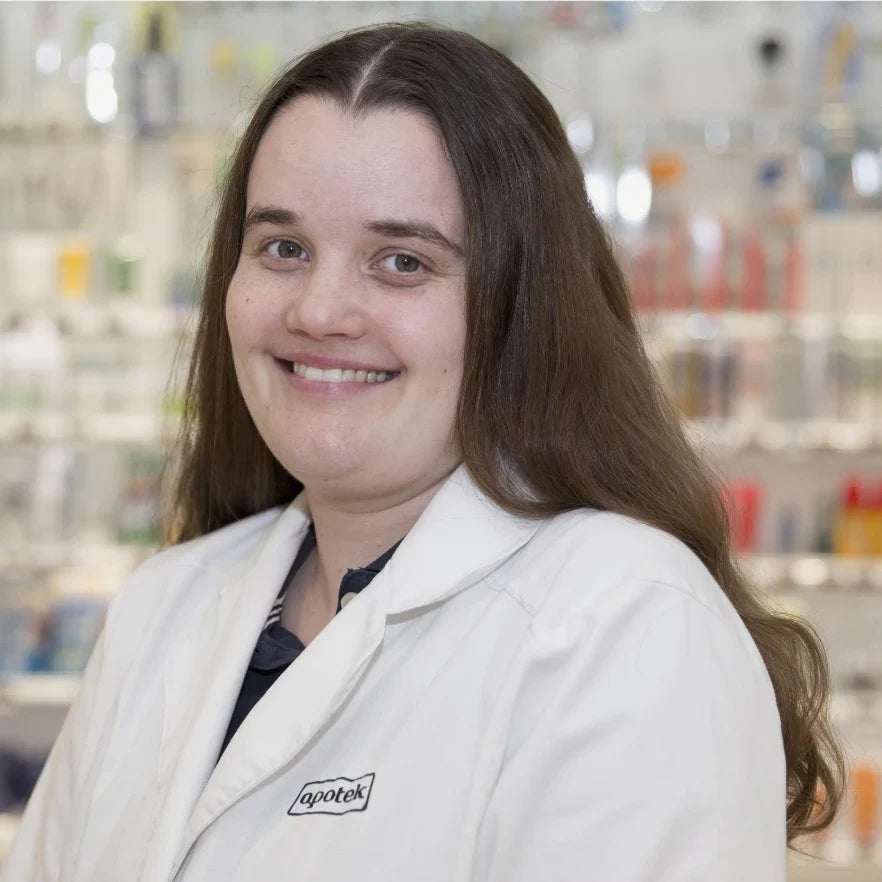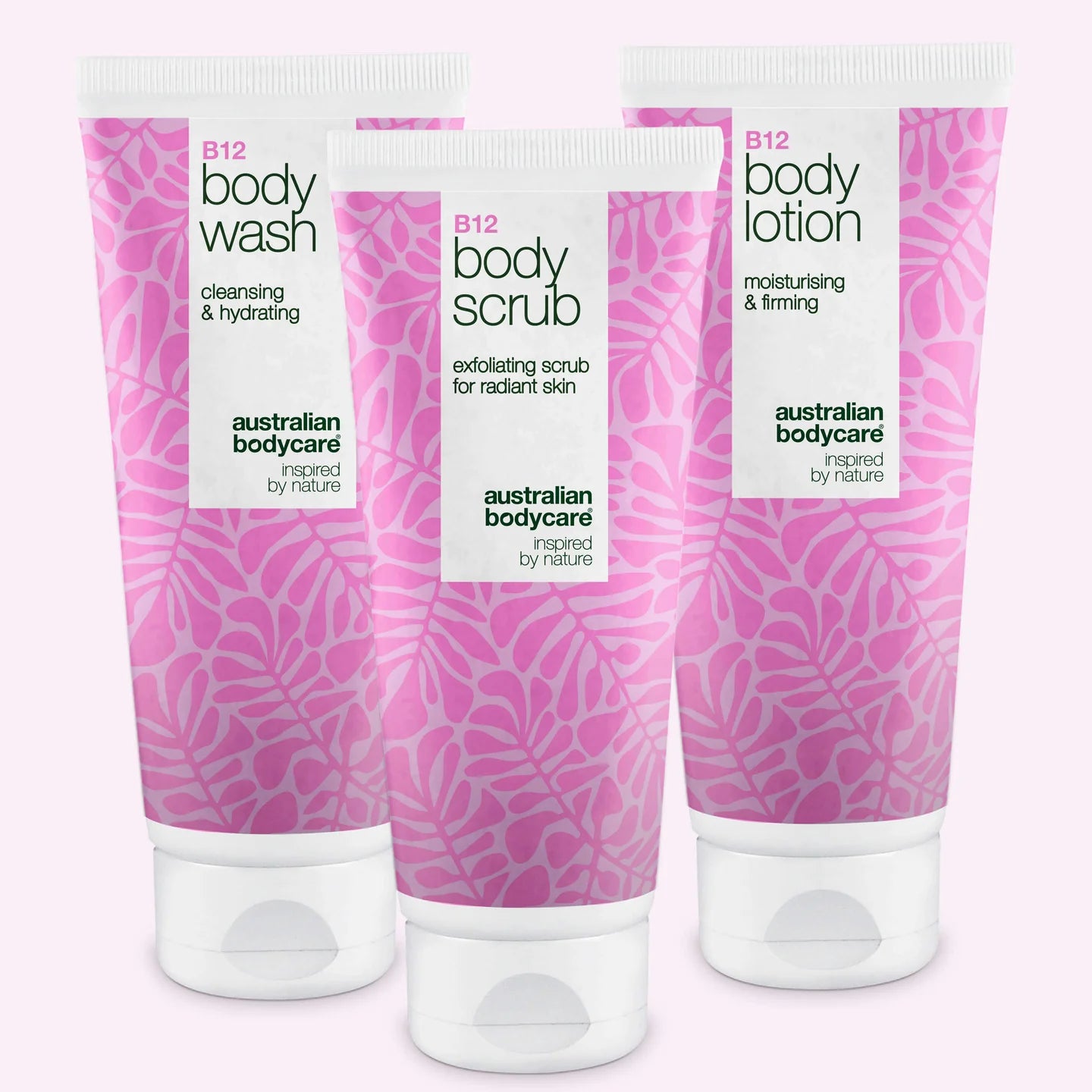Pigmentation: How to prevent and treat it
Pigmentation, also called pigment changes and liver spots, is normal and quite harmless. Pigmentation is sun-induced and caused by an accumulation of pigment on the top of the skin. The best protection against pigmentation is prevention, but fortunately you can do several things yourself to get rid of it once the damage has occurred.
Table of contents
What is pigmentation?
Pigmentation, pigment changes, pigment defects, hormonal pigmentation, it has many common names, but the differing terms apply to the same condition, which in this article we refer to as pigmentation.
Pigmentation is discolouration in demarcated areas of the skin
Pigmentation is sun-induced pigment changes in the skin very similar to freckles. Pigmentation is also called liver spots, which in Latin are called solar lentigines, which can be translated as freckles/age changes. Liver spots therefore have nothing to do with the liver.
It may sound complicated, but it is not at all. Pigment changes are caused by an accumulation of pigment in the top layer of the skin. This is also why the recognisable discolourations in the form of spots most often appear in the places on the skin that have been most exposed to the sun.
Pigmentation can be described in various ways:
- Pigmentation can be ordinary freckles (ephelides)
- Sun-related pigmentation that does not disappear (freckles sometimes do, for example, over the winter)
- Confluent pigmentation, which is called melasma
Regardless of the type of pigmentation in question, it is an activation of pigment cells in the skin. They form pigment granules that accumulate in the skin, which then become visible pigmentation.
So it is the skin's all-natural dye (you may also know it as melanin) that clumps together and shows up as dark spots.
Are liver spots dangerous?
Pigmentation is completely harmless, therefore the problem is more cosmetic. However, pigmentation may be confused with dangerous birthmarks, so it is always a good idea to keep an eye on your skin.
Why do we get pigmentation?
The most common cause of pigmentation is too much exposure of the skin to sunlight. The skin has its own defence against the sun and that is also why you get brown. But if you have been a little too eager with sunbathing (and forgot sunscreen), the skin and cells will overwork - and this means that they may produce too much melanin (skin pigment).
The result is that your skin becomes sun-damaged, and it may show up as pigmentation or pigment changes.
However, excessive sunbathing is not the only reason you may develop pigmentation, although it is the most common.
Other causes of pigmentation: Hormones and medicines
Pigmentation can also be accelerated by hormonal influences. Therefore, women who are subject to hormonal influences, such as pregnancy or contraception birth control pills, often develop pigmentation.
Is there a difference between pigmentation and pigment defects?
Pigmentation, pigment changes and pigment defects are often used as synonyms for the same thing - but there are some pigment defects that, unlike pigmentation, are not caused by the sun.
Pigment defects can, among other things, be caused by:
- an imbalance in the body caused by mental strain;
- allergic reactions;
- hair removal and shaving;
- damage to the skin from blows, falls and scars in general;
- acne and eczema that can also cause scars;
- medicines, radiation therapy and chemical influences.
What the above pigment defects have in common with those caused by the sun is that they are aggravated by excessive sunbathing.
Are there different forms of pigmentation?
All pigmentation is caused by overproduction of skin pigment, but it can still be divided into the various types depending on what it looks like. In general, however, a distinction is made between two types of pigmentation:
1) Dark/brown spots: Dark patches may look like freckles with several spots ‘fused’ together and, in the case of a pigment defect, dimpled areas may be seen. Although they are often confused, freckles and pigmentation are not the same. Freckles come and go, while pigmentation is a static condition.
2) White spots: In addition, pigmentation is also caused by underproduction of skin pigment. Here the skin lacks melanin (pigment) and it shows up as white pigmentation.
Who develops pigmentation?
Virtually all people have some pigmentation when they hit their 30s. However, it becomes more apparent in people as they age.
There is a completely natural explanation for this: The older you are, the more you have been exposed to the sun – and since this is the cause of pigmentation, it makes sense.
In addition, women tend to develop pigmentation during pregnancy and when taking contraception, such as the pill, and are therefore exposed to hormonal influences that may cause pigmentation.
The more sensitive your skin is to sunlight, the greater the risk you have of developing pigment defects due to the sun - so whether you have sun-sensitive skin or not, it is important to always remember sunscreen and follow sunbathing guidelines.
Where does pigmentation typically appear on the body?
Because pigment defects are caused by the sun's rays, pigmentation typically appears in places on the body that are most exposed to sunlight.
Therefore, it is most common to develop pigmentation on the face, hands and legs. In the case of women, many develop pigment changes on the chest and shoulders.
Preventing pigment changes
The best thing you can do to prevent pigmentation is to protect your skin from the sun. Remember sunscreen and stay in the shade during the dangerous hours in the middle of the day.
You actually take best care of your skin by always using sunscreen - which is why more and more people are using sunscreen on their faces every day, as it prevents signs of aging, including pigmentation.
How to get rid of pigmentation
When it comes to pigmentation, the best form of prevention is sunscreen and good sun habits. Fortunately, there is a lot you can do yourself to reduce and treat pigmentation.
Do it yourself with cream and oil against pigmentation:
Do you have pigmentation on your face or chest? You can buy creams and serums containing fruit acids that can effectively reduce pigment defects. Look for products with AHA, BHA, Vitamin A, Niacinamide and Vitamin C. You can use these ingredients to give yourself a chemical peel at home - and even though it sounds violent, it is actually more gentle than using face scrubs.
Are you looking for a cream or oil to treat pigmentation on your body? For this, you can use Australian Bodycare's Body Oil, which contains active ingredients, such as squalane, Vitamin E and Tea Tree Oil. When used regularly, it can help reduce the visibility of pigmentation.
Research also shows that continued use of sunscreen can reduce the visibility of pigmentation.
Laser treatments, bleaching and professional peeling
If you are very concerned about severe pigmentation, you can seek professional help for peeling and laser treatments. A good piece of advice, however, is that you should only use such methods if pigmentation particularly concerns you and the problem cannot be remedied with good products.
Freezing, laser or neither?
If you go to your doctor, he or she can remove the dark spot by freezing it or removing it with a laser. This is, of course, an effective solution, but you may be left with a white spot instead of a brown one.
Does bleaching cream work against pigmentation?
You can also use bleaching cream on pigmentation, however there is a risk of them reappearing, as the effect of the cream will diminish at some point.
Are you particularly bothered about your skin pigmentation?
If your skin pigmentation particularly bothers you, it is always a good idea to contact your doctor who can help you. If you are not interested in having your liver spots removed with a laser, the doctor can, among other things, prescribe creams and other prescriptions that may reduce them.





